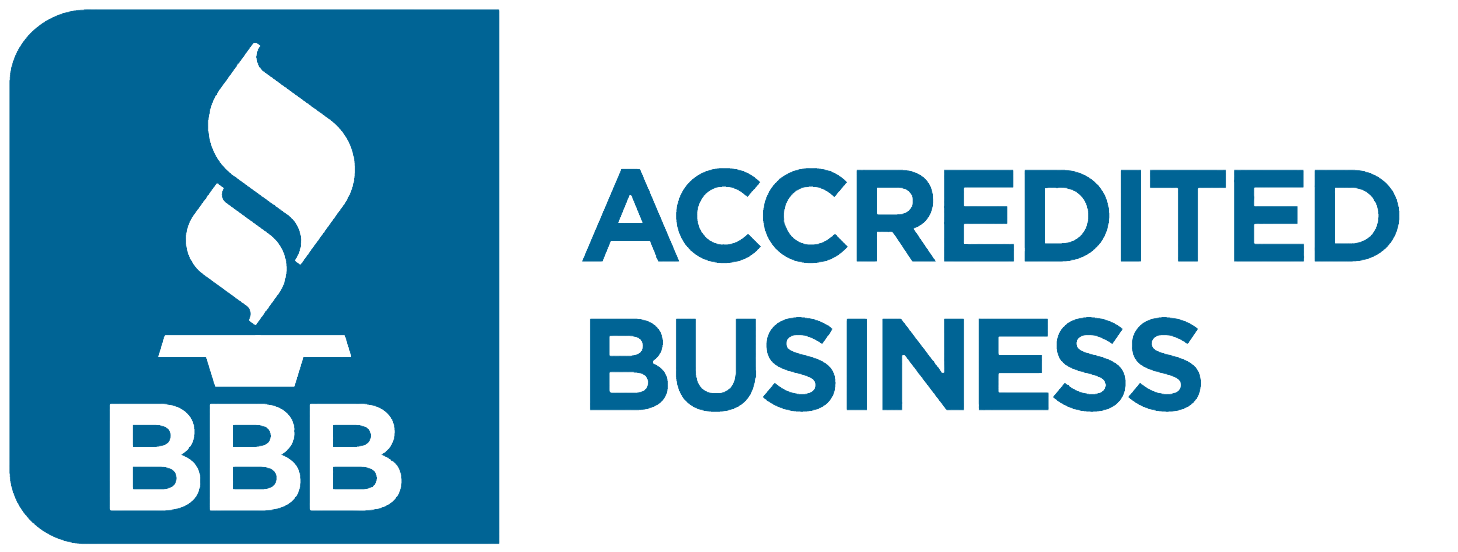
Approaching 60 is an exciting time. Not only does it come with more wisdom and thrill for a new chapter of life, but it also presents important financial decisions that can affect your life in retirement. If you are turning 59.5 this year, you will become eligible to withdraw from your retirement accounts without penalty. This birthday, and possibly 3 other birthdays that affect your retirement accounts, presents an opportunity to rethink your finances and live a new life. Here are factors to consider in this important year of your life.
Rethink Your 401(K) and IRA
Your 401(k) and IRA may be key funds in your retired life. Reaching the age of no-penalty withdrawal does not necessarily mean you have to withdraw from these accounts, especially if you are still working and earning. However, you can decide to roll over your 401(k) fund into an IRA. 401(k)s often have limited investment options that range, on average, between 8 and 12 portfolio options.[1] They also come with administrative fees of 0.2%- 5% of your assets, which assist in the maintenance and growth of your account but may be unappealing to some.[2] Rolling over some or all your 401(k) into an IRA not only simplifies your finances but also reduces fees and gives you more investment options.[3] This puts you in control of your investment risk mitigation and helps you tailor your accounts and strategy to your unique retirement needs. Alternatively, you could turn your 401(k) funds into a safety net that caters to life emergencies. Withdrawing from a 401(k) or a traditional IRA would have tax implications and is a decision to discuss with a financial professional.
Further Catch-Up Contributions
From age 50 and beyond, you are eligible to make extra contributions to your 401(k) and IRA to improve your account balances as you approach retirement. The contribution limits for IRAs have increased by $1,000 from 2022, making them $7,500 in 2023.[4] With the annual 401(k) limit being $22,500 in 2023, the catch-up amount for 401(k)s is $7,500, allowing you to contribute a total of $30,000 to your 401(k) annually. When it comes to Roth IRAs, there are specific income levels that limit contributions. Single filers who earn between $138,000-$153,000 are subject to these limits.[5] This also applies to married couples who file jointly and earn $218,000 – $228,000.[6] Catch-up contributions assist in giving you more money to retire with and can be a good opportunity to capitalize on.
Turning 59.5 brings up important questions and decisions to make. It’s best to speak to a financial professional to know how best to tailor your 401(k) and IRA withdrawals and claims to your retirement goals. Speak to us today to gain better clarity.
[2] https://www.kiplinger.com/article/retirement/t047-c032-s014-what-should-you-do-when-you-turn-59.html
[3] https://smartasset.com/retirement/what-are-401k-fees
[4] https://www.whitecoatinvestor.com/2022-retirement-plan-contribution-limits/#:~:text=The%20total%20employee%20contribution%20limit,in%202023%2C%20a%20large%20increase
[5] https://www.whitecoatinvestor.com/2022-retirement-plan-contribution-limits/#:~:text=The%20total%20employee%20contribution%20limit,in%202023%2C%20a%20large%20increase
[6] https://www.irs.gov/retirement-plans/2023-ira-deduction-limits-effect-of-modified-agi-on-deduction-if-you-are-not-covered-by-a-retirement-plan-at-work










